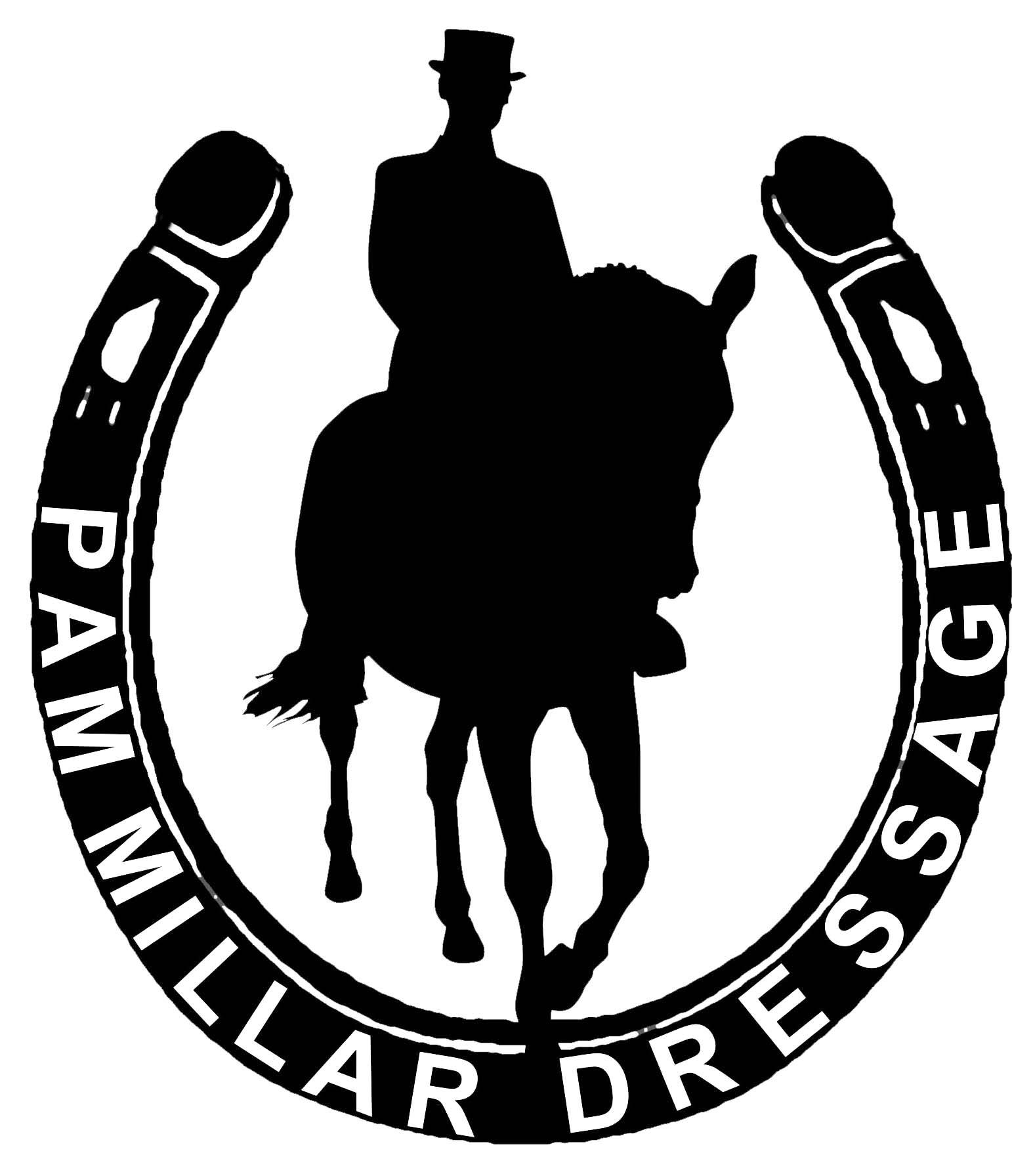
Dressage Trainer
Classical, sympathetic, personalised training
for you and your horse
Mobile: 07740 116 336
Home: 01651 872613
 |
Pam Millar
Dressage Trainer
|
Classical, sympathetic, personalised training for you and your horse
|
Contact:
Mobile: 07740 116 336 Home: 01651 872613 |
A British Dressage Accredited Trainer
Preparing for Flying Changes (click on "training tips" above for more)
(as printed in the Herald )
FLYING
changes are advanced movements performed in dressage tests from advanced medium
upwards where the horse changes leads in canter at the moment of suspension
between two strides. The movement, which should be fluent, relaxed and straight,
requires years of training and the horse to be strong, fit, balanced and in
self-carriage.
In show jumping,
horses are encouraged to anticipate the correct lead as they land from a fence
or on a turn around the course and are often taught this at an early age,
sometimes unbalancing the horse and causing him to alter his lead. In dressage,
the horse must listen for the aids, which should be given at exactly the right
moment in the stride when the horse finds it physically easiest to make the
change.
While
walk and trot are symmetric paces that make the same pattern of footfalls on
either rein, canter is asymmetric. The sequence of footfalls in right lead
canter is left (outside) hind, right hind and left fore together followed by the
right fore and finally the moment of suspension. On the left lead the sequence
becomes right (outside) hind, left hind and right fore, left fore and the moment
of suspension. This is true canter but as part of the build up to flying
changes, the horse must also learn counter canter. This is when the horse
strikes off on the opposite (inside) hind leg.
In dressage, a few
steps of counter canter are required at Novice level with the introduction of
simple changes Elementary. A simple change is changing from true canter to
counter canter, or vice versa, through walk or trot. From Advanced Medium
upwards, flying changes are introduced. This is when, rather than changing the
canter lead through a change of pace, the horse changes the sequence of legs
during the moment of suspension.
Preparation starts
early on in training, building on the horse’s gymnastic ability, especially
the quality of the canter, with active, forward and obedient transitions without
being explosive or on the forehand.
Practise riding
canter to trot to canter or canter to walk to canter transitions to help engage
the horse’s hind legs and improve his responsiveness to the aids. Ride canter
transitions on straight lines - both true and counter canter - ensuring that the
horse is listening well to the aids. Make sure you are applying the aids clearly
and correctly, then gradually reduce the amount of walk or trot between each
canter. The hind legs must be actively stepping underneath the horse’s body
and lifting the forehand, not dragging behind and pulled by the front. .
Leg yielding
towards the track is a good exercise for activating the inside hind leg as well
as a gentle shoulder-fore – a lesser angle than shoulder-in.
Riding the canter
out into longer, but not faster strides then back to smaller, active strides
also helps to develop the carrying power of the hind legs.
There are many
variations about how precisely to get the best flying changes and I believe this
depends on each individual horse, but a clear, well positioned outside leg and
an open inside leg are key elements in the aiding.
There is no set
rule about how old a horse should be when learning flying changes, it is more
down to aptitude and the quality of the canter. If the canter feels active,
powerful and uphill, then have a play with changes, but be aware that for a
while your horse might anticipate and you may get flying changes when you
haven’t asked. This is all part of the learning process.